What is the difference between glass and crystal?
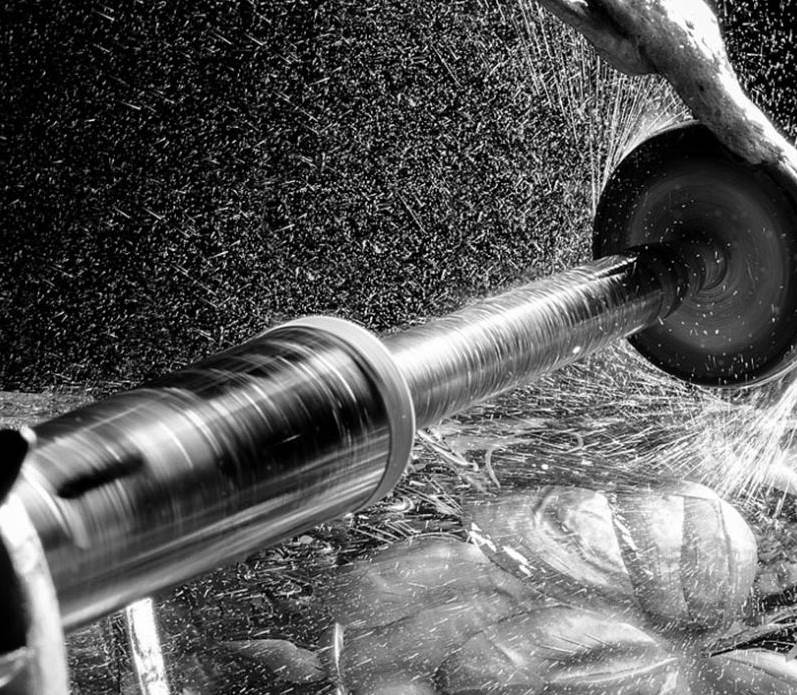
Once upon a time, crystals were present in almost every home. Intricately cut vases, glasses, glasses, sugar bowls or vases were synonymous with elegance. Crystal glass is also available today. Made of it today are the best quality whisky sets, sets of glasses or glasses. In the multitude of offers on the market, it is worth knowing, what is the difference between glass and crystal. Is it worth investing in crystal glass these days? Finally, is crystal glass safe?
What is the difference between glass and crystal?
Until forty years ago, crystals adorned interiors, emanating a luxurious and elegant glow. They were not only a decorative element, but also served a practical function, adorning tables during special occasions. Today, crystals appear to be rare, replaced by common glass. But what is the fundamental difference between glass and crystal that gives the latter such remarkable qualities? The basis is lead, the addition of which causes a number of changes in the final material obtained.
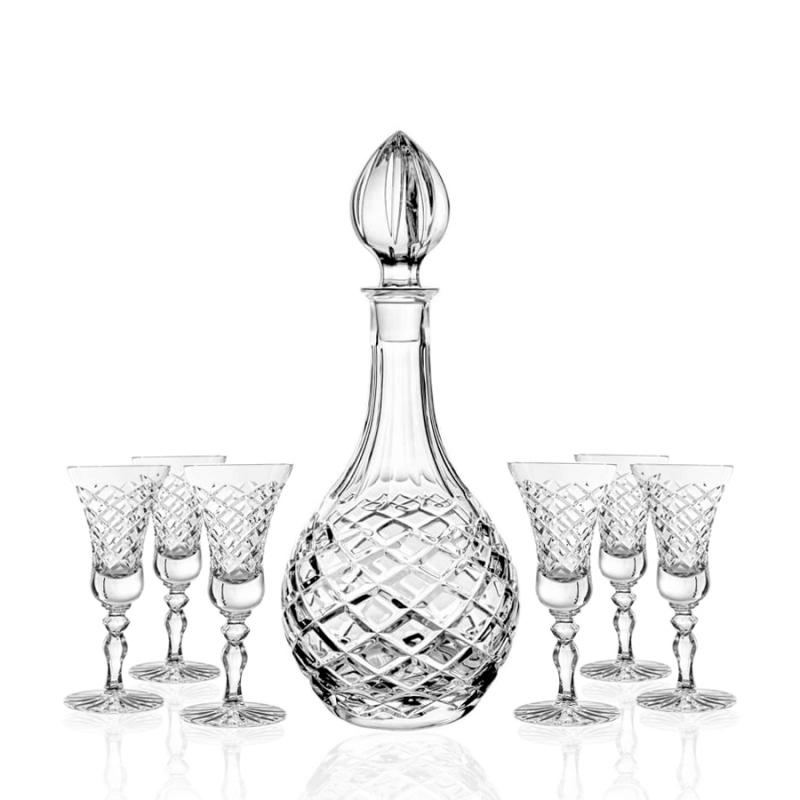
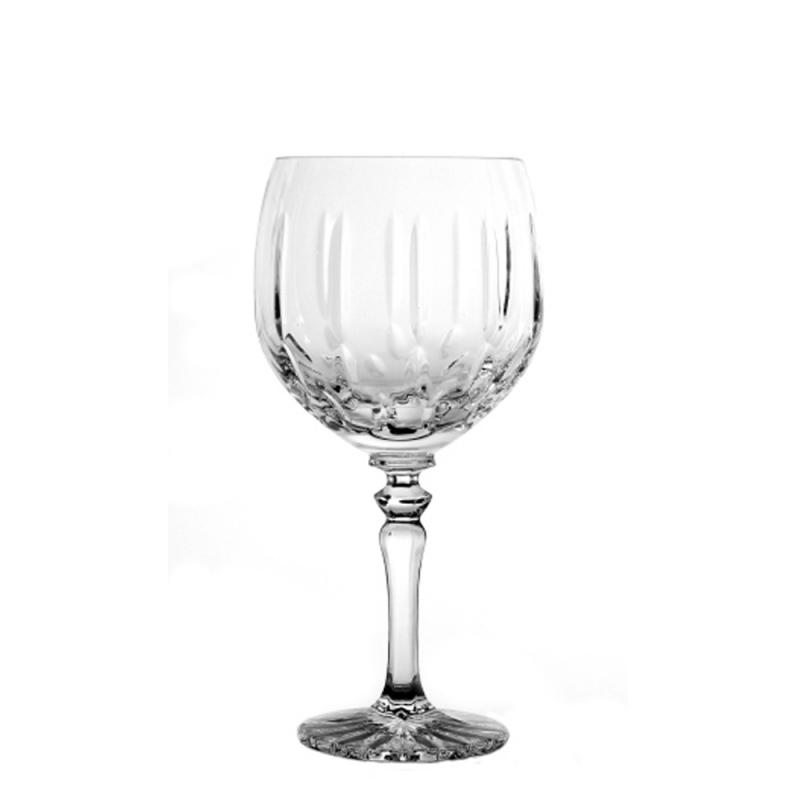
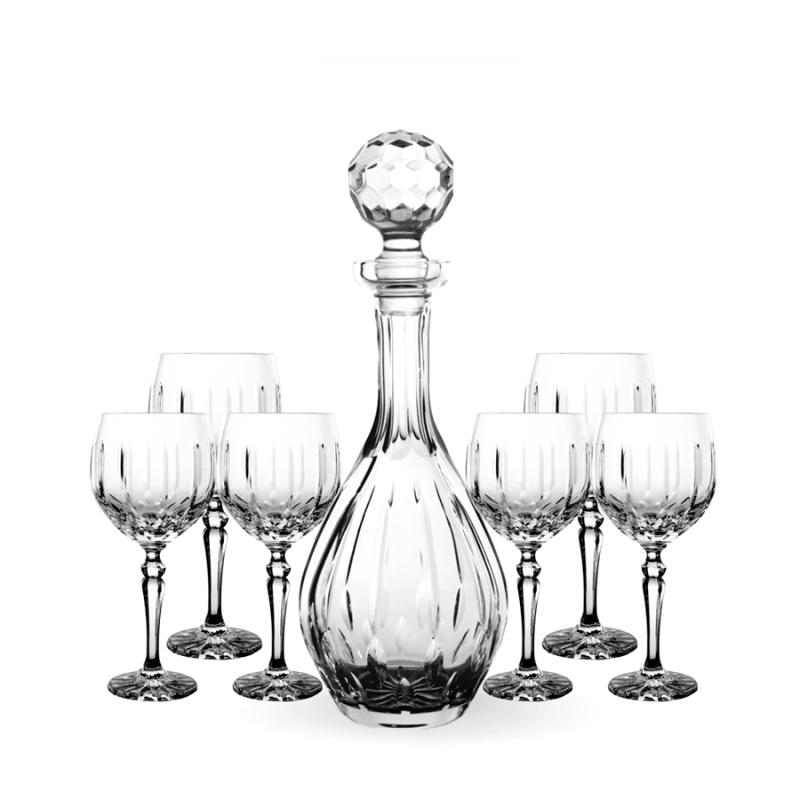
Crystal glass, with its unique structure, exudes elegance and luxury. Its lead content gives it an extraordinary luster and clarity that is eye-catching. Also common are beautiful decorations with gold.
The crystal tends to be thicker and heavier than regular glass, due to the manufacturing process and the content of an apparently controversial element. It is clearer and exhibits greater refraction of light, leading to beautiful glare effects. This is why such characteristic cuts appear in crystal glass, which further enhances the effect of diffused light.
The sound coming out of the crystal is clearer and more resonant, very distinctive, which is a direct result of its structure modified by lead. This makes crystal objects not only visually beautiful, but also pleasing to the ear.
Most crystals are handmade, which adds to their uniqueness and character. Artisans strive to create unique designs and embellishments that give the crystals their unique charm.
What is the easiest way to distinguish crystal from glass?
In order to effectively distinguish beautiful, precious crystal from ordinary sodium glass, it is worth knowing the set of characteristics that characterize it. Crystal, technically speaking, is nothing more than lead glass.
However, it is not necessary to delve into the chemical composition to distinguish between the two materials. There are obvious differences that can be seen with the naked eye, such as mass, thickness, transparency or texture. To find out the difference between glass and crystal, it is worth checking a number of characteristics.
- Robustness
Crystal is softer than standard glass, which makes it less resistant to mechanical damage. Therefore, although more elegant, it is less often used for everyday use. Regular glass is more practical because it is more resistant to breakage.
- Transparency
Crystals They are characterized by greater transparency. This makes them ideal for presenting fine liquors, as it is easier to judge their color. There is even a term: crystal clear – which wsrost refers to the properties of lead glass.
- Sound
When striking the crystal, one will hear a sound that is clearer than that of standard glass. This is due to the acoustic properties of the crystal, which rings like bells.
- Weight
Crystal is much heavier than glass, which is noticeable upon first contact with both substances. It is the density of lead that gives crystals their characteristic weight.
Is crystal glass safe?
What is the difference between glass and crystal – the simplest way to say it is the composition. However, the addition of the controversial element also means that crystal glass is sometimes seen as a health hazard. Of course, this has little to do with the truth.
Crystal glass, although made with lead, is safe for health, and the addition of the element does not adversely affect the human body. In fact, the amount of lead oxide in crystal glass is so low that it does not pose a health risk. Lead is added to the production process of crystal glass mainly because of its properties, which affect the unique character and aesthetics of crystal products.
How does the addition of lead affect glass?
Lead, in the form of oxide, affects the flexibility and softness of the glass mass, which makes it possible to carve and form crystal products. The first experiments with the addition of this element to glass took place in England in the 17th century. It is thanks to lead that crystal products are solid, and their hand-decorated details can be extremely precise. In addition, the lead content significantly improves the refractive index of glass, which gives it its characteristic sparkle and shine. Thanks to lead and bromine additives, crystal glass is also heavier, which adds prestige and solidity.
Doesn’t the addition of lead endanger health?
Although lead, which is considered toxic, is one of the main components of crystal glass, the amount of lead in is so low that it does not pose a health risk. Therefore, the use of crystal glassware and products does not cause the risk of lead poisoning. Lead and its oxides determine the difference between glass and crystal, thus influencing the appearance of all the characteristics of crystal glass.
In addition, modern crystal glass manufacturing technologies make it possible to market lead- and barium-free versions. Modern crystal glass without additives is an extremely flexible, transparent and health-safe material. Its safety level is up to twice that of traditional crystal glass, making it an ideal alternative for those who prefer lead-free products.
How to take care of the crystal?
Crystals, due to their beauty and exceptional elegance, deserve special care and attention. This allows them to maintain their exceptional brilliance and durability for many years. They are also ideal gift idea. Here are some tips on crystal care, storage and current trends.
Crystal care
The crystals should be cleaned regularly to get rid of deposits and dirt that can tarnish their surface. It is best to use mild detergents and warm water, avoiding water that is too hot or cleaning agents that are too strong.
It’s also worth polishing the crystals to restore their original luster. It is best to use special glass cloths for polishing, which will help remove impurities and achieve a shiny surface.
Before washing the crystals, check that they do not have any delicate ornaments on them, such as gold or silver elements, which may require special care.
Storage of crystals
The crystals should be stored in a dry and ventilated place to prevent the accumulation of moisture, which can lead to tarnishing of their surface.
The ideal places to store crystals are glazed showcases or cabinets that not only display them, but also protect them from mechanical damage.
Current trends in crystals
Crystals continue to be a very fashionable decorative and furnishing element. Their timeless charm and elegance make them suitable for both classic and modern arrangements.
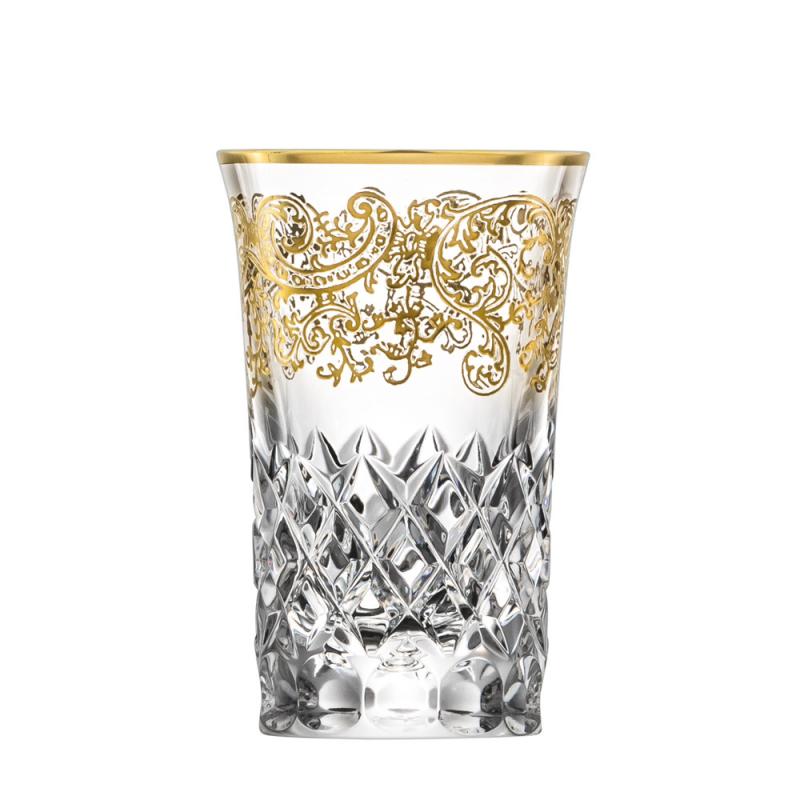
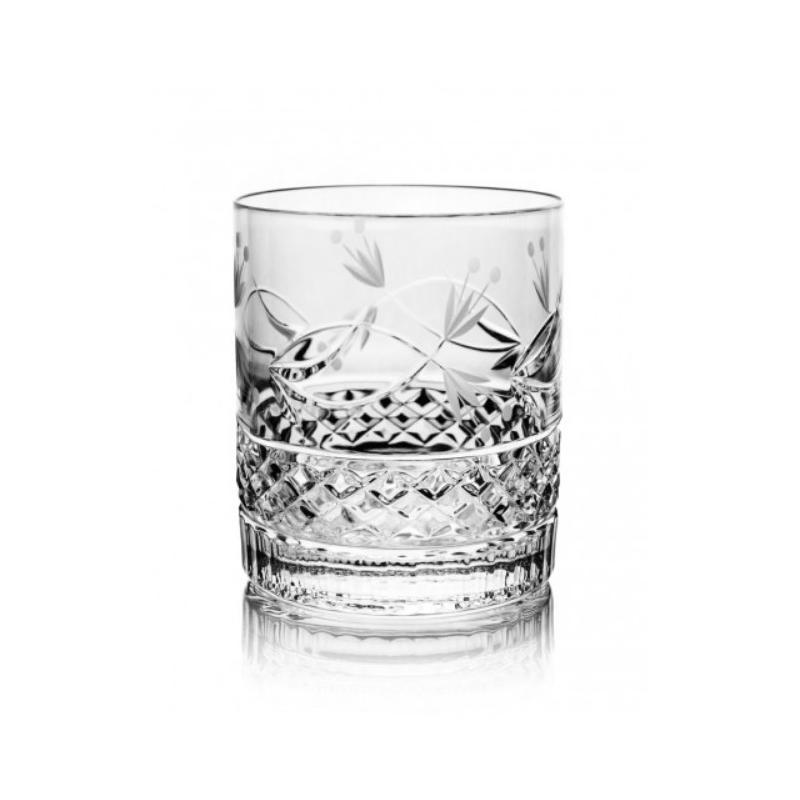
Currently, interior trends are seeing a return to classics and tradition, making crystals an even more desirable decorative element.
Also increasingly popular are crystals in a modern way, such as minimalist vases or modern lamps made of crystals, which bring a subtle touch of luxury to the interior.


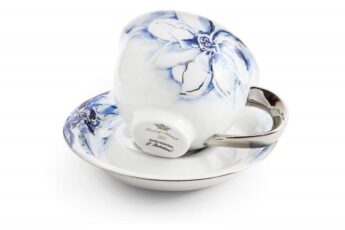
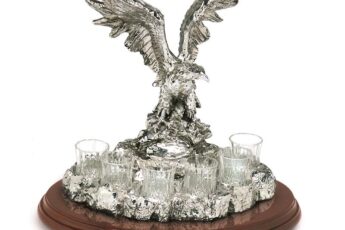


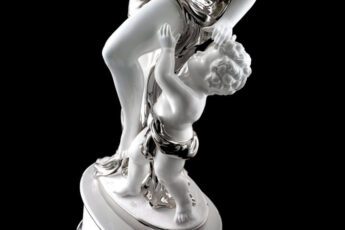

Leave a Comment